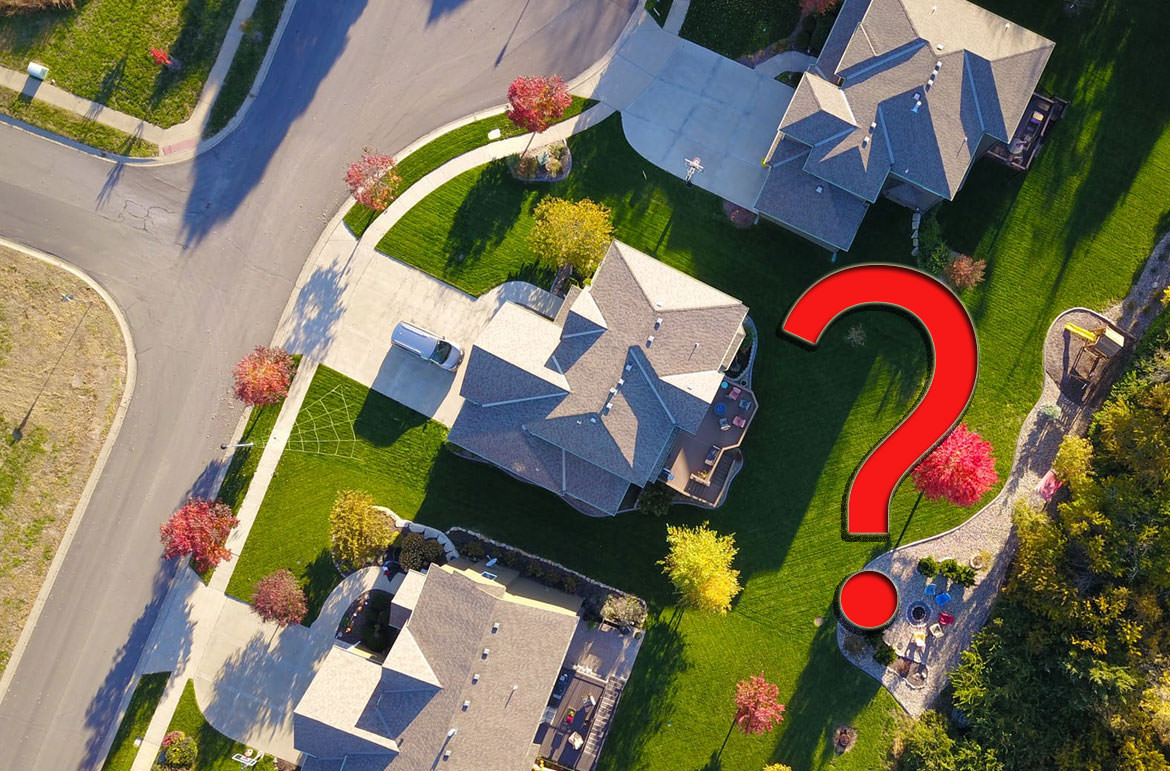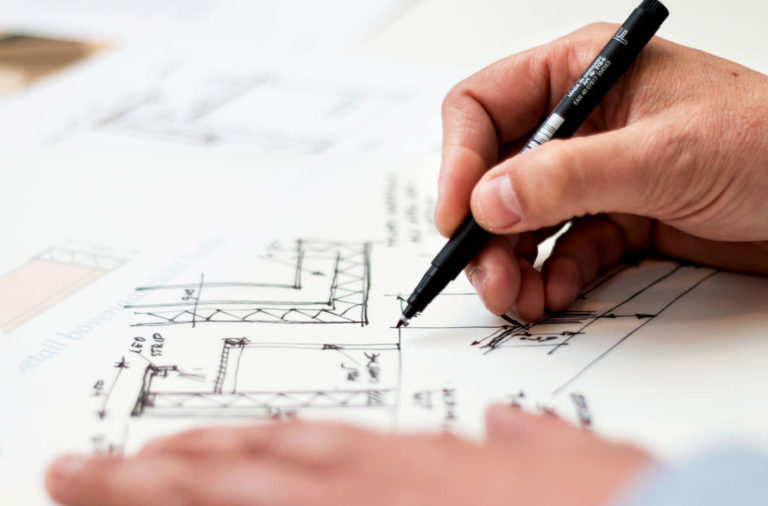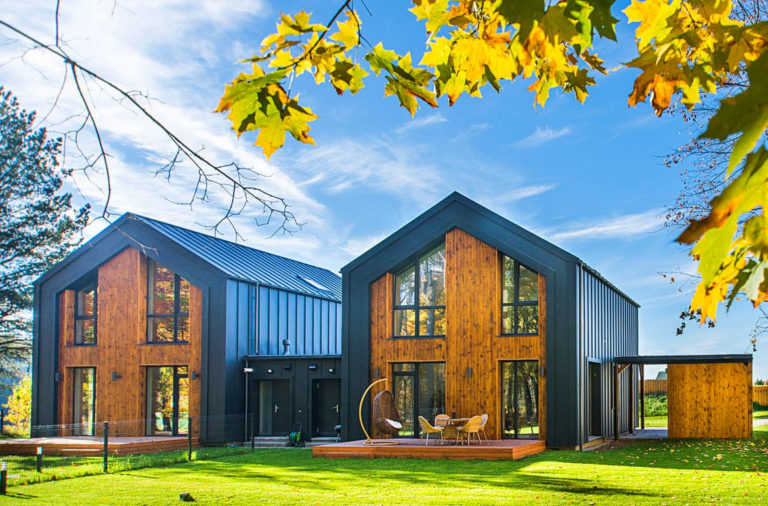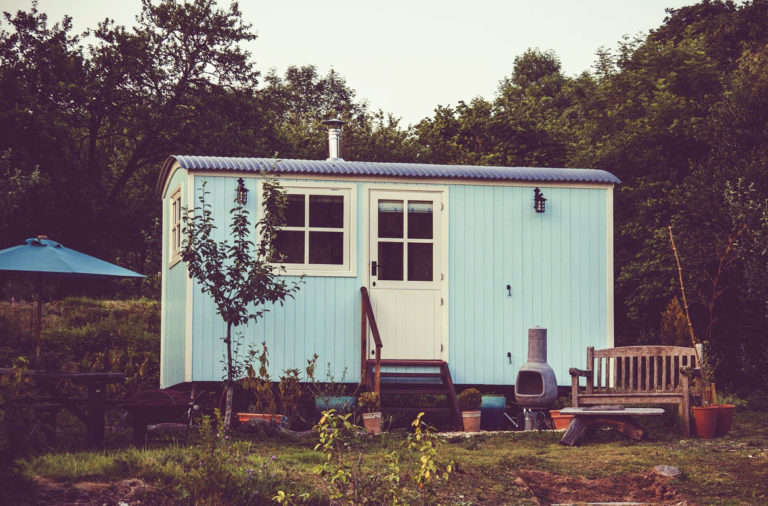
If you have a property on which you are looking to develop, you may be wondering what your best option is. A prime example
What is the difference between a granny flat and subdivision?
Subdivision is the act of dividing your land into different blocks, each block ending up being registered with a different title and different owners, so they are easier to sell. Whereas a granny flat is a secondary dwelling – a smaller house built on the same block of land, owned by the same person who owns the main house.
Today I will talk you through your options regarding granny flats and subdivision – whether it is possible to do both, the costs involved, and which is considered a better investment.
DON'T PAY A FORTUNE FOR YOUR GRANNY FLAT. Find out how to deal with council and build a granny flat for the lowest cost possible. Learn More.
Should You Build a Granny Flat if You Want to Subdivide?
No in short, It is not a good idea.
Granny flats are registered with your local council as secondary dwellings on a primary property and must remain as such – meaning the main house and the granny flat must remain in the same lot.
What this means is that once you build a granny flat, you cannot subdivide the land into separate titles.
Each local council also has it’s own regulations for subdivision, but typically your property must be 800sqm in size, with ample room in-between the edge of the house and boundary line to build a driveway.
Once you have added a granny flat, generally speaking you no longer have the necessary land size required for subdivision for the granny flat to remain on the same title as the main house.
What is a Better Investment – Granny Flat or Subdivide?
Both granny flats and subdivision are considered good investments, for different reasons.
The advantages and disadvantages of both are listed below.
Subdivision
The advantages of subdivision seem to favour developers who have access to more finance.
Subdivision is considered one of the quickest ways to potentially make a profit through a property, however it is highly complicated and has its risks.
- Subdivision is a great development strategy – Especially in the current unstable market conditions, as it allows for flexibility – to be safe you can sell off a newly created piece of land, reducing your loan, or instead you can add value to your property by registering the new lots and holding, renting, or continuing to develop them.
- An extra title substantially increases capital value – The upfront costs and hard work can be worth it, as, according to Max Fragar, principal consultant at Fragar Planning and Development, “Subdividing the property into two lots that can be sold separately is the key to unlocking the maximum value of a property”, as, “Our experience is that on average, a completed dual occupancy approval increases the value of a property by up to 40 per cent.”
The disadvantages of subdivision include;
- It can be timely and costly – What may look like a simple subdivision can actually be months of complex work, and the plumbing and civil works alone can really explode your budget, so it’s important you understand the entire process and take all factors into account before you undergo your first subdivision.
- The local council restrictions for subdivision are stricter than for a granny flat – Council zoning requires a minimum size for new land, you need a large block (typically 800sqm), must meet the minimum lot requirements (which changes between councils), and typically must have 3-4 metres access for a driveway.
All of these factors depend on your local council and can change regularly, so it helps to consult with an agent who is familiar with subdivision – their expert knowledge of local property prices and buyer interest can assist you in deciding the potential benefits of subdividing.
Granny Flats
- Additional rental income – Granny flats are cheaper and quicker build, and this is an important benefit of building a granny flat as part of your main house – as long as it is allowed by your council, you can begin collecting rent and make an additional income from them quickly, and currently, granny flats can provide a return on investment of over 20%.
- They cost less to build – Granny flat prices are a fraction of the cost of another investment property, the total cost depending on depending on the size and inclusions and the difficulty of your building site.
- Tax depreciation – You have the advantage of land tax on granny flats, as when you rent it out, you will have additional tax depreciation on your building, or if it is built brand new, you can make a claim which will be a great way to offset the tax you pay each year.
- They offer a place to keep your family close – In some states you can actually only rent the granny flat out to members of your immediate family, and as your children get older and have their own kids, or your parents become elderly, you may need more space to accommodate your family.
A granny flat is the perfect place to house your family, helping to keep you all together whilst still giving you that much needed space and independence – or even allowing members of the family time to save money for their own house in this tight housing market.
However the disadvantages of a granny flat include;
- In many cases it doesn’t increase capital value – As a granny flat can’t be sold separately, it may increase rent but it’s value is limited in comparison to an extra title.
- Regulations on renting them out in some states are strict – Granny flats can only be used as an investment property in some states – in some states they may be allowed to be rented to members of the public, but other states such as Victoria have restrictions on who can live in or rent them, a lot of local council areas regulations are so strict that they can only be occupied by a family member.
I suggest you check with your local council.
What are the costs involved for subdividing your land?
When budgeting for a subdivision, you’ll need to be realistic with the figures about how much the completed development will cost – a minimum figure is at least $40 000.
Possible costs you need to account for include:
- Approval from council – Planning permits – Prices will vary between states and from council to council.
- Conveyancing fees – $870 – $1900, depending on your state.
- Surveyor fees – $338 -$1670, depending on the property’s history, size, location and more.
- Civil works – To install an underground drainage system to effectively direct storm-water from the site to the legal point of drainage discharge – $18,000 – $23,000.
- Water service connection fees – A contribution fee to the sewer and water provider in your area (for example, Yarra Valley Water, Water Corporation, etc.), for them to give consent for a plumber to connect the new block to sewer and water – $1,600 – $2,500.
- Electricity – Install an underground electricity connection point for the new lot – $550 – $3,000.
- Gas service connection fee – To run a gas line from an existing connection – $355 – $743.
- Fencing – Build a new fence to separate the existing house from the new block for privacy – $1,500.
- Driveway – To widen the crossover, doubling its size. (If you are constructing a new driveway and crossover I suggest you get a quote from a concreter to complete the pour). – $2500 minimum.
- Carport – Fully built carport extension for the existing home – $10,000.
- Tree removal – Gain a quote from a tree removalist if you need to remove trees from the backyard – Price based on the number and size of the trees you have.
- Stamp duty – How much stamp duty you’ll pay depends on your state, the selling price and type of property, and whether you’ll be living in the property. Your conveyancer can help advise you with your stamp duty liabilities.
I also suggest that you discuss your plan for subdivision with an accountant, to gain knowledge of any tax and GST ramifications if you are thinking of selling.
Also, estimate your holding costs, such as interest on your loan and rates, as keep in mind that if it’s a straight land subdivision you won’t have an income from the property to help offset your holding costs – and even if you are planning on selling or renting, a subdivision typically takes a minimum of 9 months to receive council permits, and from there even the easiest of subdivisions take an extra 12 – 18 months to complete.
Could You Do Both?
It is somewhat possible.
Whatever you’re planning on building on your subdivided land, split your Torrens title (the person recorded as the owner of the land) first, then build on the new empty lot next. This may allow you to find a loophole through the no-subdividing regulations of constructing a granny flat.
Although, I suggest you check with your local council as to what you can build on the new lot.
Conclusion
There are benefits and downfalls to both building a granny flat or subdivision, including time, costs and what you gain in return.
I suggest you take time to think about what you want to achieve, speak to your local council about their regulations, and accountants and property professionals if necessary, before making your decision.
Sources












